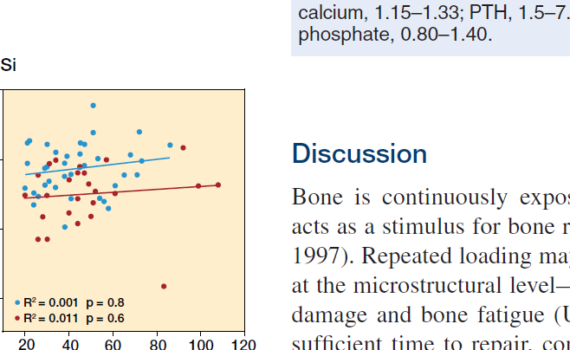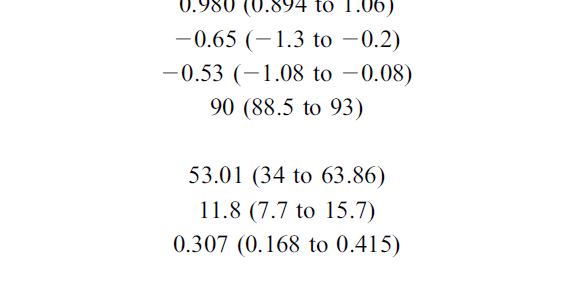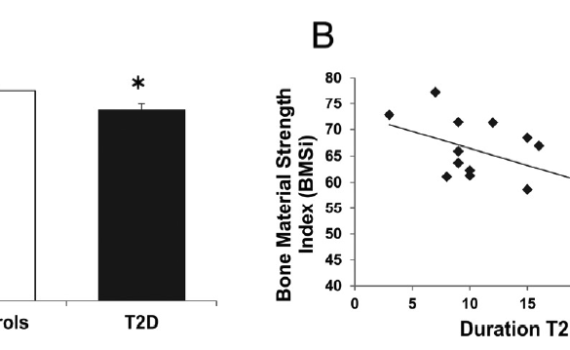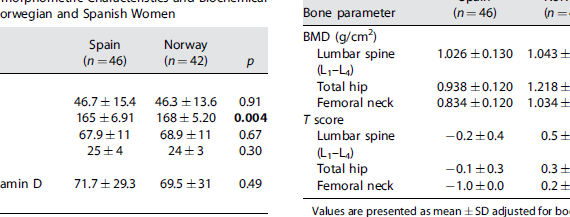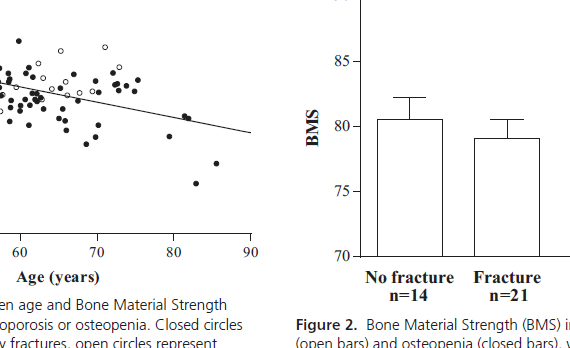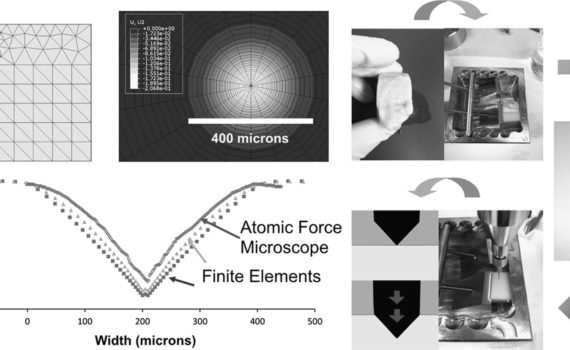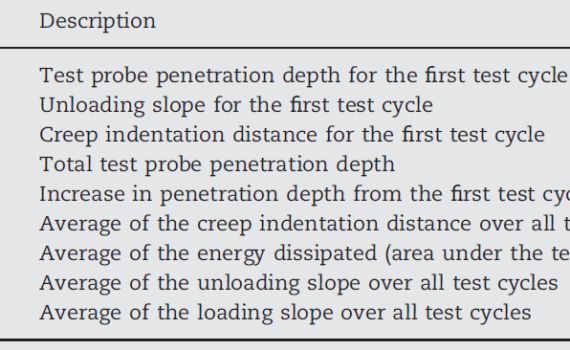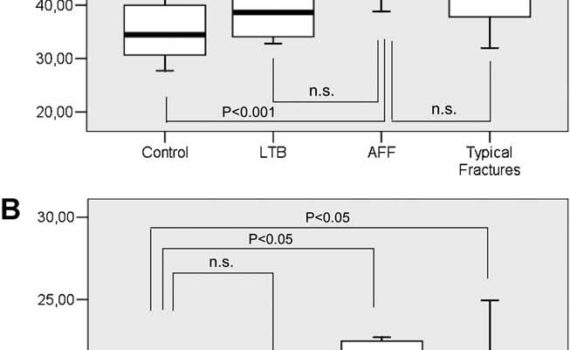Abstract Osteoporosis is defined as a reduction in bone mass and impairment of bone quality that lead to bone fragility and fracture risk. Bone quality includes a hierarchy of properties from macroscopic to nanoscale level. Several techniques have been developed in an attempt to measure these non-density properties. Densitometry, high-resolution […]
MICROINDENTATION
Abstract Background and purpose — Bone fragility is determined by bone mass, bone architecture, and the material properties of bone. Microindentation has been introduced as a measurement method that reflects bone material properties. The pathogenesis of underlying stress fractures, in particular the role of impaired bone material properties, is still […]
Abstract Low bone mineral density (BMD) in HIV-infected individuals has been documented in an increasing number of studies. However, it is not clear whether it is the infection itself or the treatment that causes bone impairment. Microindentation measures bone material strength (Bone Material Strength index) directly. We recruited 85 patients, […]
Abstract CONTEXT: Skeletal deterioration, leading to an increased risk of fracture, is a known complication of type 2 diabetes mellitus (T2D). Yet plausible mechanisms to account for skeletal fragility in T2D have not been clearly established. OBJECTIVE: The objective of the study was to determine whether bone material properties, as […]
Abstract Hip fracture rates in Norway rank among the highest in the world, more than double that of Spanish women. Previous studies were unable to demonstrate significant differences between the two populations with respect to bone mass or calcium metabolism. In order to test whether the difference in fracture propensity […]
Abstract CONTEXT: Bone mineral density (BMD) does not fully capture fracture risk as the majority of fractures occur in patients with osteopenia, suggesting that altered bone material properties and changes in microarchitecture may contribute to fracture risk. OBJECTIVE: This study aimed to evaluate the relationship between bone material strength (BMS), […]
Abstract In an attempt to study the mechanical behavior of bone under indentation, methods of analyses and experimental validations have been developed, with a selected test material. The test material chosen is from an equine cortical bone. Stress-strain relationships are first obtained from conventional mechanical property tests. A finite element […]
Abstract We study the reference point indentation (RPI) technique which has a potential to directly measure mechanical properties of bone in patients. More specifically, we tested 6 month swine femoral cortical bone at mid-diaphysis region to investigate the effect of several testing variables on the RPI outputs. They include the […]
Abstract Atypical femoral fractures (AFF) associated with long-term bisphosphonates (LTB) are a growing concern. Their etiology is unknown, but bone material properties might be deteriorated. In an AFF series, we analyzed the bone material properties by microindentation. Four groups of patients were included: 6 AFF, 38 typical osteoporotic fractures, 6 […]


